Red Dot vs. Laser Sights: What’s the Difference?
Last Updated on
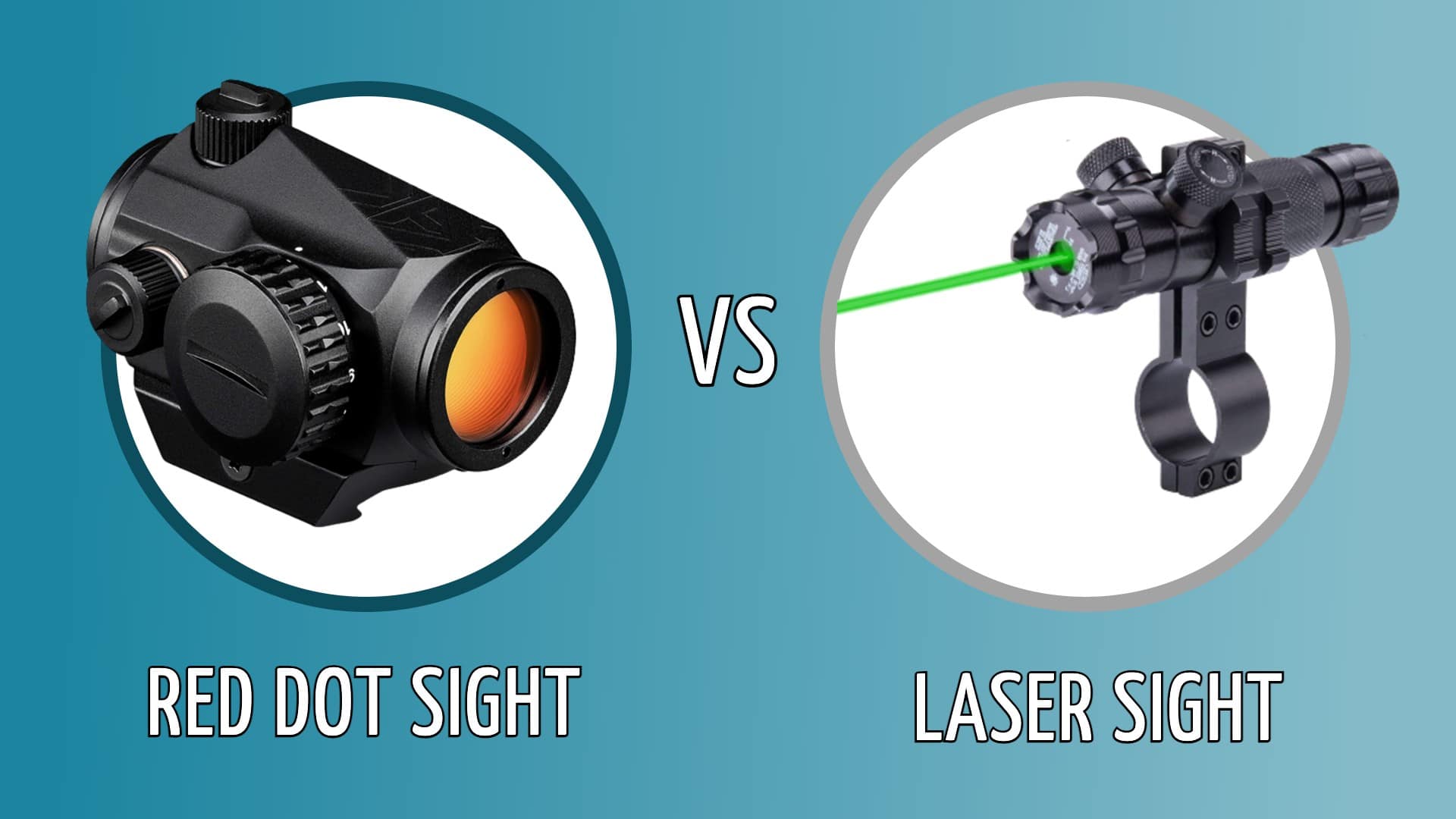
If you want to attach a scope to your pistol or rifle, one of the first questions that you’re going to need to answer is which type you want. Red dot and laser sights are two popular styles, but what exactly are they and what’s the difference between them?
Just as importantly, what sight works best for different situations? While there’s no sure-fire answer that everyone will agree on, in this guide, we break down everything that you need to know about these two different sights, so you can help decide which option is best for you!

Overview of Red Dot Sights
Red dots sights have grown in popularity over the years, and it is not hard to see why. They offer distinct advantages over iron sights, without any of the drawbacks. But how does a red dot sight work, and when would you want one? We break it all down for you here.
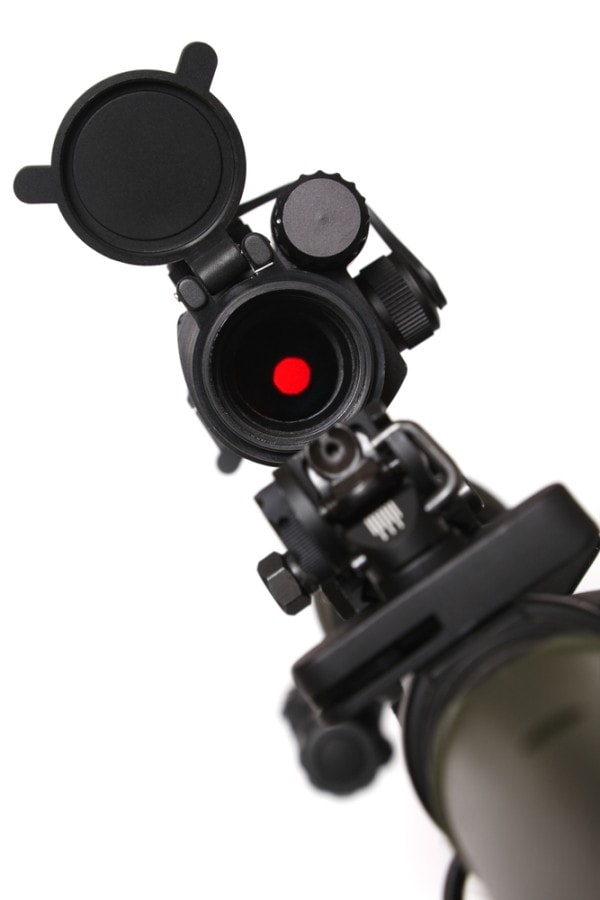
How a Red Dot Sight Works
Red dot sights work by shining an LED light onto a slightly angled piece of glass, and this light projects the “red dot” on your reticle. All you need to do from there is sight in your scope, line up the dot with your barrel, and you have an easy-to-use sight.
That said, this is a very simplified breakdown of the technological magic behind everything.
Advantages and Disadvantages of Red Dot Sights
Red dot sights have tons of advantages and disadvantages, depending on your situation. For starters, red dot sights have unlimited eye relief and a large field of view compared to a conventional scope. The dot is only visible to you, which doesn’t compromise your position if you’re in a tactical setting.
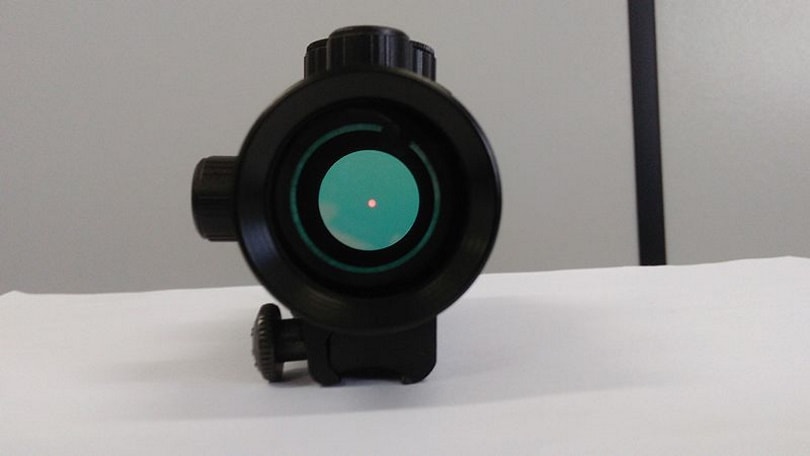
Depending on the sight, you can change the MOA reticle size or even opt for a different reticle style! However, you’ll need to ensure that you get a quality red dot sight that allows you to change the brightness levels. Otherwise, you will not be able to see the dot in bright situations.
Finally, while red dot sights are great, they are more expensive than laser sights. That doesn’t mean it’s the wrong choice for you, but it is something that you need to budget for if you’re opting for a red dot.
- Only visible to you
- Easy to see in most situations
- You can change your MOA size
- Unlimited eye relief and great field of view
- Better at longer distances
- The red dot can be hard to see
- More expensive
- Fewer weapons can mount them

Overview of Laser Sights
If you’re looking for a sight with unlimited eye relief and the ability to quickly line up your target in close-range situations, a laser sight is an outstanding choice. We break down everything you need to know.
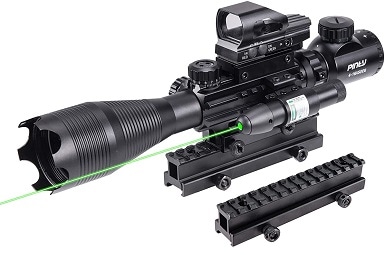
How a Laser Sight Works
Laser sights work by shining a laser directly on your target. This works in the same way as a laser pointer, but manufacturers design them to mount to pistols and handle all the related recoil.
A laser sight has an extremely simple design, even compared to a reflex sight, but it can be incredibly effective in close-range situations. However, it also has significant drawbacks.
Advantages and Disadvantages of Laser Sights
Laser sights offer considerable advantages in close-range situations. For starters, they are incredibly easy to use. All you need to do is line up the laser and pull the trigger, which takes far less time to learn than a traditional scope or even a red dot sight.
However, the main tradeoff is that laser sights only work well at close distances. Red laser sights typically have a maximum effective range of 10 yards, while green laser sights usually have a maximum effective range of 25 yards. If you’re looking to shoot targets farther than that, you should opt for a red dot sight.
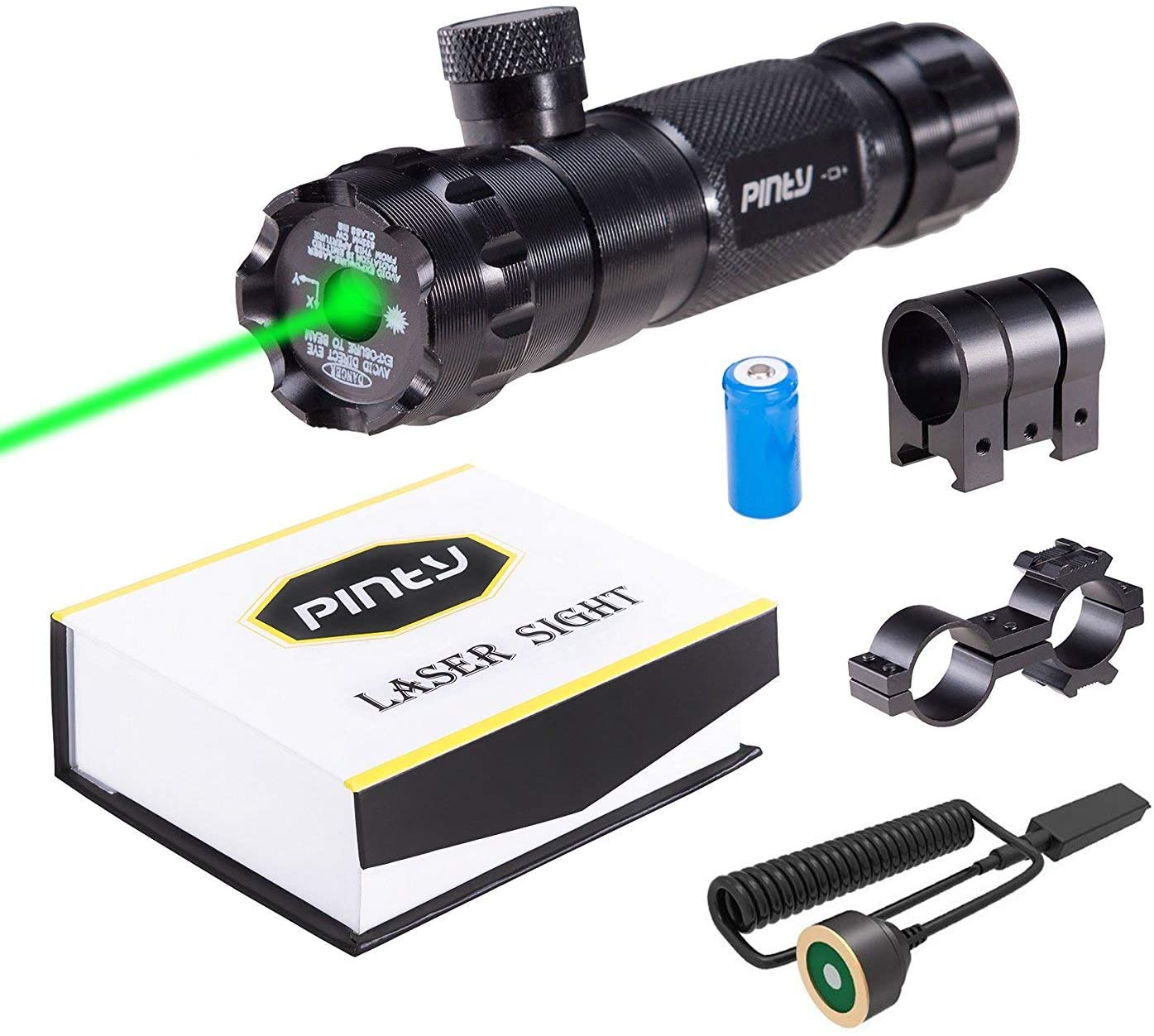
Keep in mind that these distances can vary depending on lighting conditions, and if you’re in broad daylight, a laser sight can be practically useless.
However, if you’re shooting close-range targets, laser sights offer multiple advantages. First, you can line up shots from unconventional shooting positions, and you get lightning-fast target acquisition. Just keep in mind that a laser works both ways. While it makes it easy to aim, it also shows your target exactly where you’re at.
This can have two effects. One, it can de-escalate a potentially dangerous situation. Two, it can get you shot. Those are drastically different outcomes, but either can happen if you’re using a laser sight in a tactical situation.
- Your target can see the laser
- Easier to use
- Lower priced
- Easier to mount
- Easier to aim from unconventional positions
- Your target can see the laser
- Can be hard to see in sunlight
- Hard to use at long distances
Which Is Right for You?
Deciding which sight is right for you depends on various factors, but one of the most important is how often you’ve practiced using your pistol. This is a time to be realistic: If you’re not going to head out to the range frequently and just want a pistol for home defense, a laser sight is a great choice.
But if you plan on practicing and mastering your sight, red dot sights can have significant advantages.
When Do You Want a Red Dot Sight?

You want a red dot sight anytime that you’re going to be shooting targets that are farther than 25 yards out and/or when you’re going to be shooting in bright conditions. You also want a red dot sight when hiding your position is key.
While it might be nice to have a laser sight to line up shots in the dark, it does let everyone know where you’re at. That’s not the case with a red dot sight.
When Do You Want a Laser Sight?
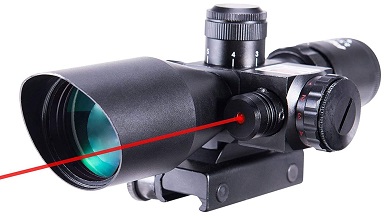
You want a laser sight when you’re shooting at close-range targets and when you won’t be in overly bright situations. You also want a laser sight when you need the fastest possible target acquisition.
This is a huge perk when you have a laser sight for home defense. You want to line up your target as soon as possible, and sometimes you’ll be shooting from unconventional positions. These are both areas in which laser sights excel.
Does a Red Dot or a Laser Sight Cost More?
While both red dot and laser sights can be costly if you get a top-notch option, there’s no doubt that a red dot sight costs more. Not only is the sight itself usually more expensive, but you also often need to spend even more to get the appropriate rails and mounting equipment.
The average cost to get a decent red dot sight and mount it to your pistol is at least $300, while decent laser sight costs around $200. If you’re going for a top-end option, the difference is even starker. Top-end red dot sights cost close to $800, while top-notch laser sights cost close to $400.

Final Thoughts
If you’re looking to get a top-notch red dot sight or laser sight, it’s critical that you know what you’re getting. Both are excellent options but they have drastically different purposes.
Hopefully, this guide walked you through everything that you need to know about both options, so you know exactly what you’re getting when you make a purchase.
Check out some of our top trending posts:
About the Author Robert Sparks
Robert’s obsession with all things optical started early in life, when his optician father would bring home prototypes for Robert to play with. Nowadays, Robert is dedicated to helping others find the right optics for their needs. His hobbies include astronomy, astrophysics, and model building. Originally from Newark, NJ, he resides in Santa Fe, New Mexico, where the nighttime skies are filled with glittering stars.
Related Articles:
How to Clean a Refractor Telescope: Step-by-Step Guide
How to Clean a Telescope Eyepiece: Step-by-Step Guide
How to Clean a Rifle Scope: 8 Expert Tips
Monocular vs Telescope: Differences Explained (With Pictures)
What Is a Monocular Used For? 8 Common Functions
How to Clean a Telescope Mirror: 8 Expert Tips
Brightfield vs Phase Contrast Microscopy: The Differences Explained
SkyCamHD Drone Review: Pros, Cons, FAQ, & Verdict
